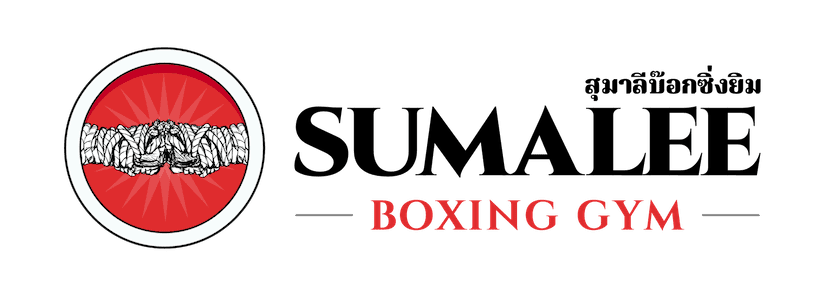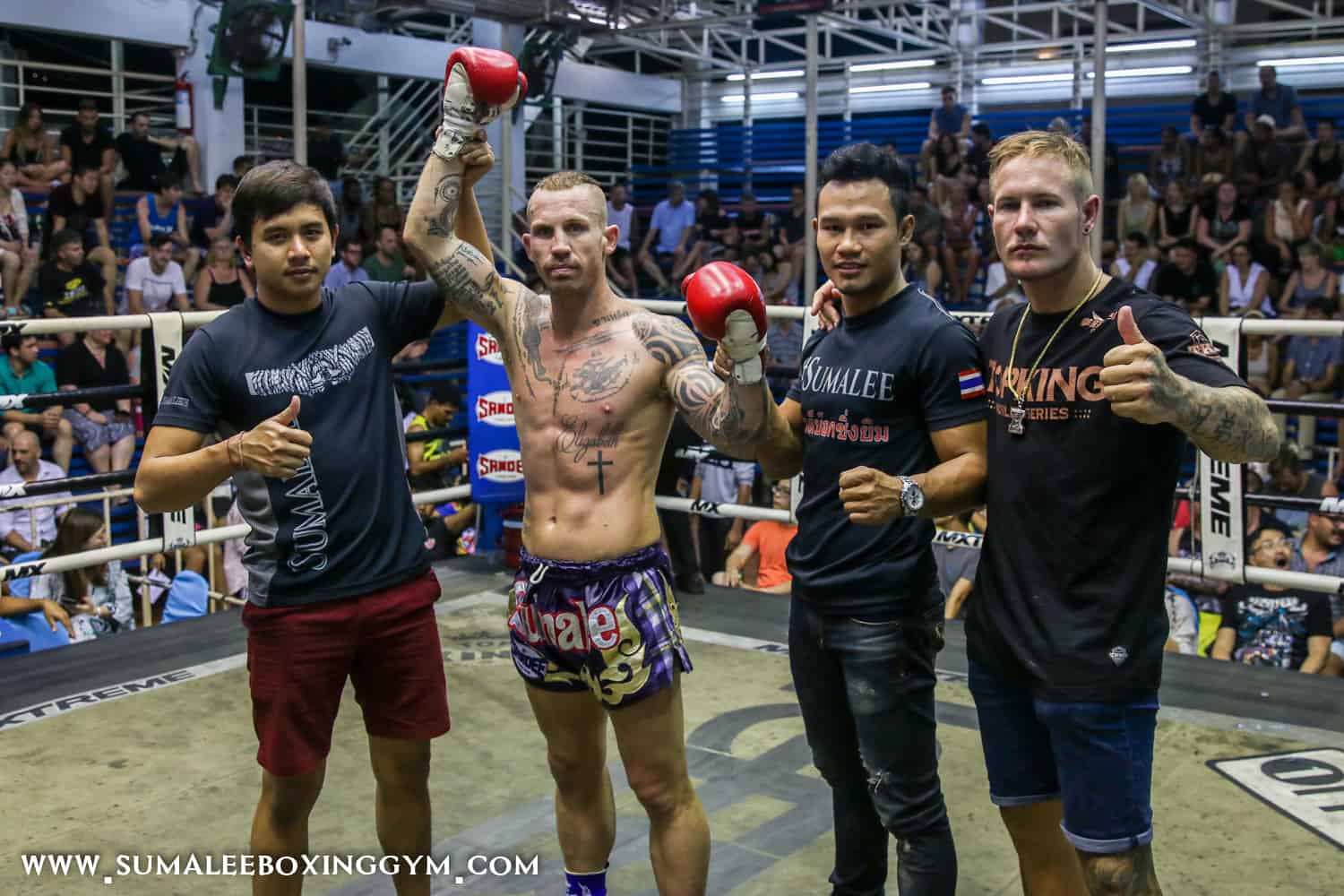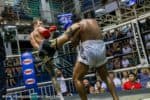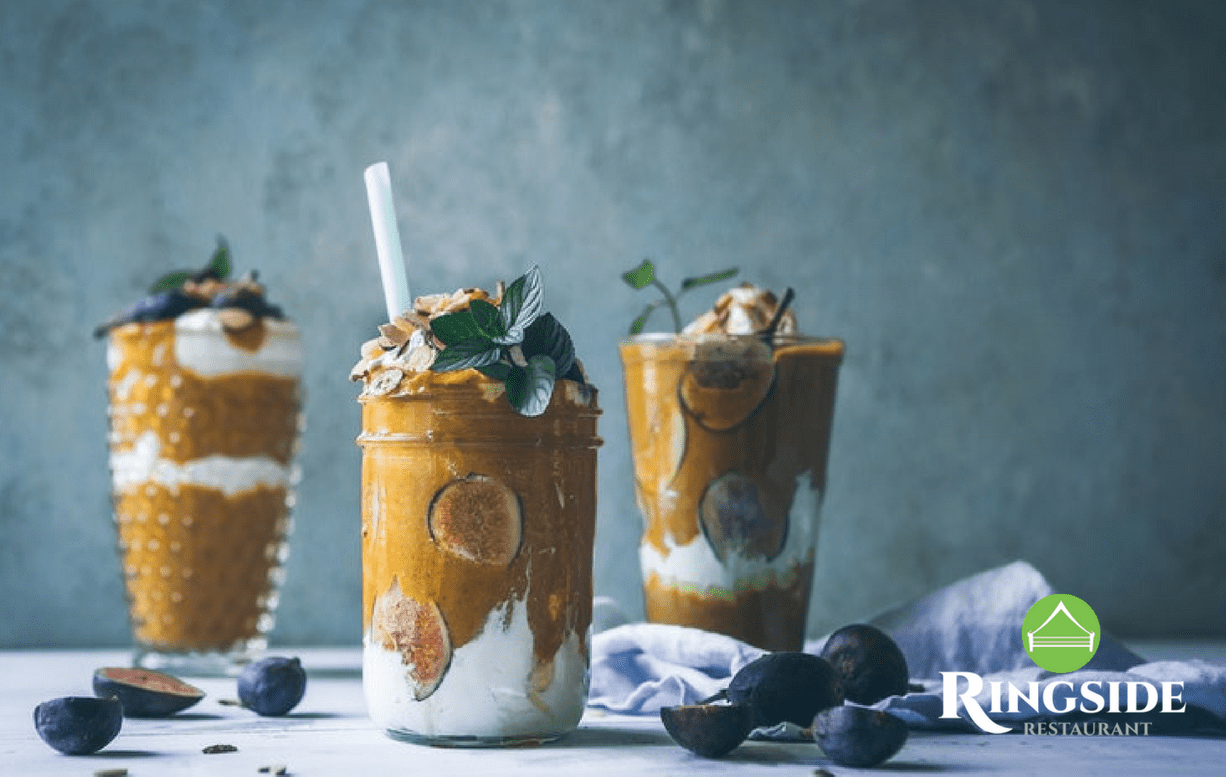
The Ultimate Guide to Fuelling Your Intense Workouts
If you’re anything like the rest of humanity, you’ll have a nightmarishly ridiculous problem with waiting for things to happen. Anything. It’s totally irrational, but it’s the way the world has gone. We don’t like waiting for food to cook, which is why every home has a microwave. We can’t be bothered to leave the house to rent a film, which is why 118 million people have Netflix. And we don’t like waiting to get beach-body ready, which is why intense workouts are the new dish of the day.
It’s the Netflix-effect and it’s now officially reached the Island of Exercise. It’s grabbed the world of fitness like it’s a can of diet-Pepsi and shaken it so hard you can hear that distinctive pssssssttt sound of the fizz becoming uncontainable, ready to split the can at its side and send the ring pull soaring into the sky.
To put it bluntly: Everyone wants to get super-buff without any buffering.
We’ve become obsessed with maximising our workouts and doing everything we can to achieve the fastest results possible. It’s why you always ask yourself the same questions when airing out your favourite pair of sweat-soaked flip-flops: how can I get the most out of my workouts? How can I burn my belly fat faster? How can I get bigger biceps sooner? Burn the most calories? Lift more? Run longer? Exercise smarter and train quicker?
Well, the simplest answer to your questions is: eat. Yup. The secret’s as simple as that. Eat. More specifically, eat the right foods at the right time. “Why?” we hear you splutter with a mouth full of McChicken Nuggets and Maggi-Noodles. Because effective workouts demand a complete understanding of nutrition.
So, without further ado, these simple guidelines will help you make the right choices when it comes to fuelling your body before and after intense workouts:
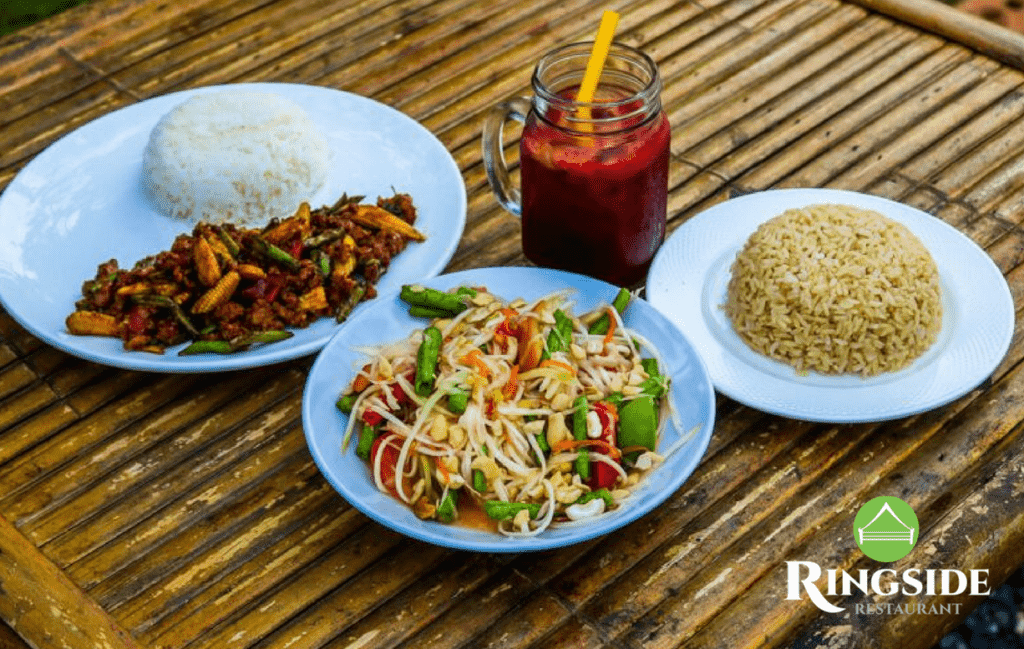
1. The Real Food Rule
As much as your taste buds might love eating a family-pack of Cheetos, they’re not the kind of thing you should be feeding your body. Instead, try and stick to the real food rule: if you can’t trace a food’s origins straight back to a specific animal or plant, keep your temptations in check and refrain from putting it in your body. If you don’t, your hopes of having a knockout body will go up in a puff of fluorescent-orange, cheese-flavoured dust. What your body is craving is lean meats, fresh fish, fruits and vegetables, berries, seeds, nuts and whole grains, and in their most natural form. That’s what your ‘To Eat’ list should look like.
Of course, none of us are saints. So instead of trying to be a goodie-two-shoes, sit at the front of class type of human, allow yourself a little dollop of leeway. Don’t try and cut out ‘nasty processed foods’ altogether, just try and limit these suckers to about 10% of your overall intake. This will A) really take the pressure off you (especially when you’re having one of those days where you just want to pig out) and B) reduce the chances of you completely falling off the healthy-eating-bandwagon.
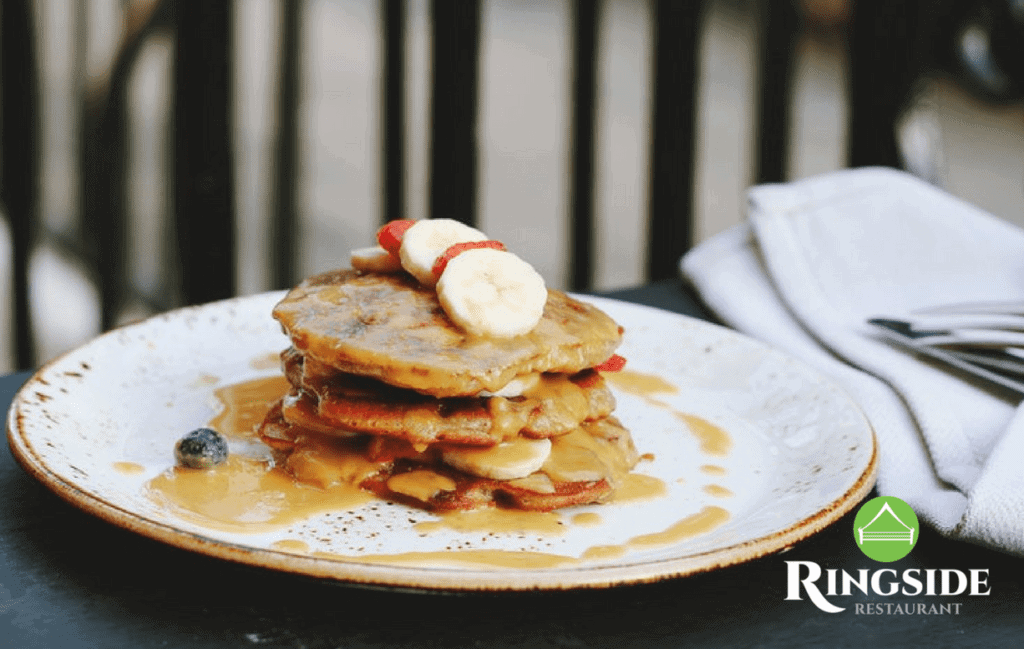
2. Importance Of Eating Before Your Workouts
If we had a hundred baht for every rumour we’d heard when it comes to eating or not eating before a workout, we would be, well, seven-hundred baht better off. But that’s not the point. The point is: you want your body to have enough fuel to power through your workout. It’s as simple as that. So while some people need to get their munch on a couple of hours before hitting the gym, others are (rather annoyingly) more suited to training first thing in the morning without a bite to eat for breakfast. It’s all down to personal preference.
That said, if you are the type of person that loves kicking off the day with the kind of intense training that leaves you sweat-soaked, sore and very much aware you’re still alive, try getting into the habit of having a carb-heavy meal the night before, and then a quick slurp of black coffee or a protein shake right before you start training.
It’s all about making sure your body has enough fuel in the tank.
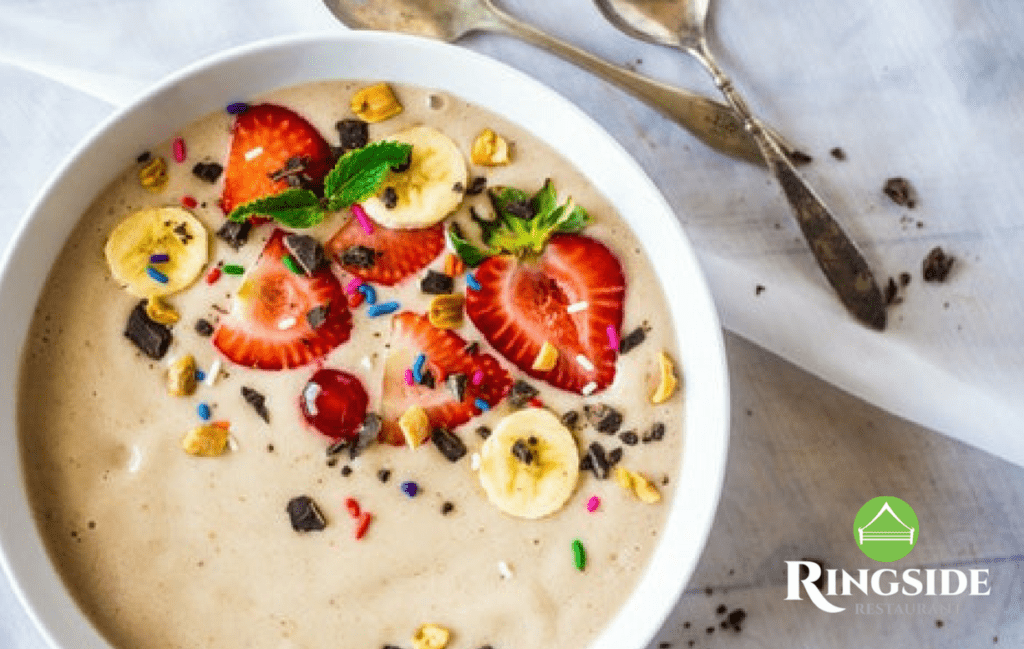
3. What & When To Eat Before Workouts
The aim of the game is to enjoy a pre-workout snack that’s packed full of protein and complex carbohydrates. Something that’s as nutritious as it is delicious. Something that’s going to keep you pumped up and energised without weighing heavy in your gut. Something like these delicious menu options from Sumalee’s very own Ringside restaurant:
● Coconut & hemp smoothie bowl topped off with fresh fruit.
● Protein powder and oats soaked in almond milk, complete with a banana.
● Salmon and kale omelette with brown rice.
● Cinnamon porridge with banana and nuts.
● Cottage cheese on a whole grain bagel with banana and chopped almonds.
Of course, everything about nutritional support is in the timing, which is why we have broken this down into the two main types of intense training:
1. Strength Training: When it comes to building lean muscle, you need to have a supply of protein ready and waiting to help your tissue repair. It’s simple. The more intense your strength training is, the more protein you’ll want in the locker. So, around ninety-minutes before you start strength training (give or take a half-hour), consume a pre-workout meal that’s 75% carbs and 25% protein. This will guarantee you have plenty of protein in reserve by the time you start grunting, groaning and giving it everything you have. This won’t just help you push through, it will also give you a headstart on your recovery and stop all that unwanted muscle loss stuff from happening.
Our favourite Ringside strength snack is: Banana protein pancakes topped with berries and honey, unless you’re a drinks person, in which case slurp down a mixed berry protein smoothie. Mmmmm.
2. Cardio Exercise: For cardio training, your pre-workout nutrition needs to be more carb heavy if you want to power through an intense session. We’re talking a solid 85% of your light pre-workout meal. You should also try and enjoy them about 2 hours before you start huffing and puffing.
Just try to avoid having toooo much fibre before you start running or whatnot. Instead, stick to a yummy source of protein and some easy-to-digest carbs, like yoghurt and banana. That should do the trick. It’s not that fibre isn’t awesome (it totally is). It’s just that, if you eat a lot of it before a workout, it’s been known to cause some nasty gastrointestinal complaints, which is probably the last thing you want to experience halfway through an intense training session. Am I right?
Our favourite Ringside cardio snack is: Chocolate and banana protein shake with whey protein and milk mix. Not only is it crazy delicious, it’s low in fibre, high in protein and carbs and has barely any fat (#winning).
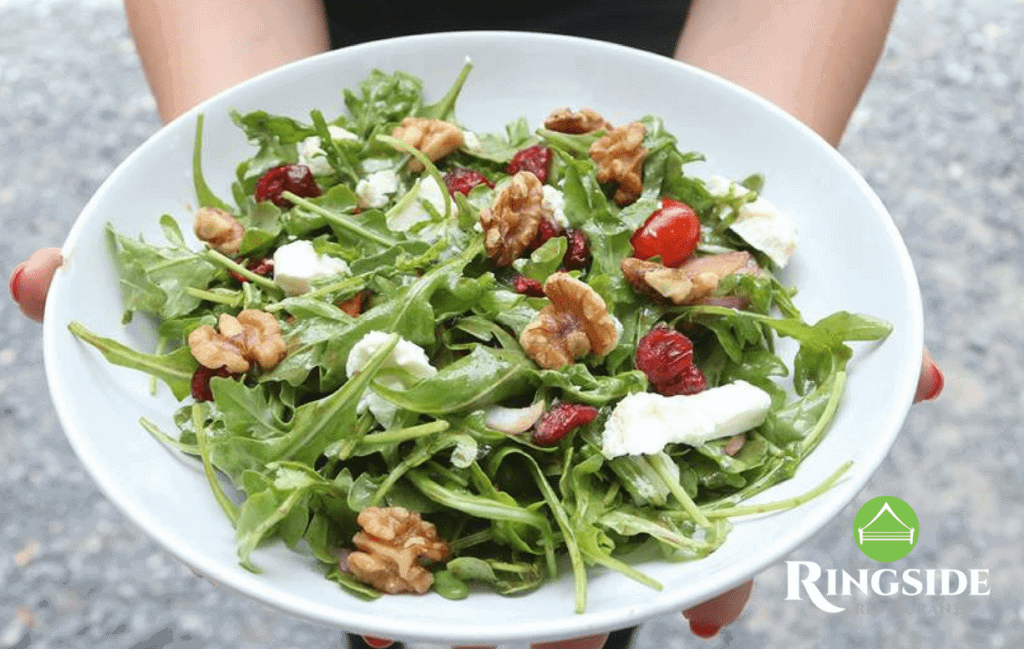
3. Importance Of Eating After Your Workouts
When you’re in the thick of it – whether that be running, rowing, pumping iron, Muay Thai training, hitting the pads or anything else – your body is using the fuel stored in your muscles for energy. This stuff is called glycogen, and you’ll know when it’s all gone because that last mile will become much harder, that last rep will make you yell out in pain, and that last round in the ring will feel like a marathon; impossible to ride out.
That’s why you need to eat and/or drink a cocktail of protein and carbs within four hours after you’re done working out (but preferably 90 minutes). It’s probably worth noting that you want to aim for 0.5g of protein and 1.2g of carbs per kilogram of bodyweight for optimal refueling. Do this and you’ll have found the best way to replenish your energy levels, repair your broken muscles, build more muscle mass, and ensure your recovery stays on track.
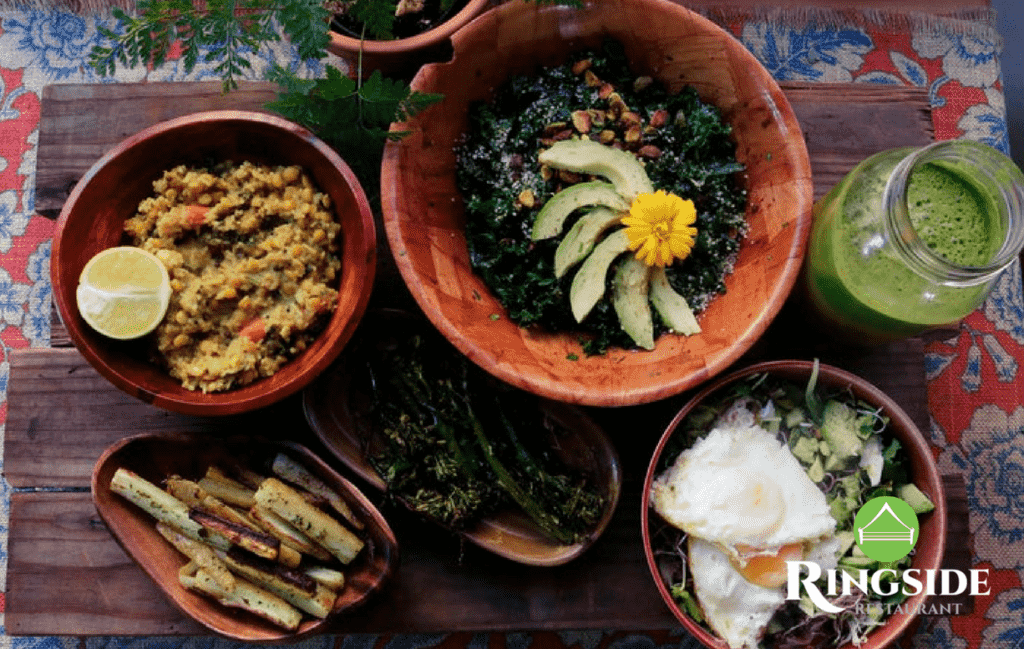
What & When To Eat After Your Workouts
The sort of snacks you should have waiting for you after your workout include these favourites from the Ringside menu:
● Prawn Pad Thai with peanuts and Thai rice noodles.
● Cashew crusted chicken strips with air fried and spicy wild rice salad.
● Chocolate and banana whey protein shake.
● Spicy lentil dahl with cauliflower and nut raita.
What you decide to munch on all depends on what sort of intense workout you just survived:
1. Strength Training: After this kind of workout, protein is perfect for building muscle, so either get your hands on a protein-shake or indulge in a protein-packed meal within 90-minutes of your workout. This will give your body exactly what it needs to build more lean muscle. That said, if you want to help your muscles repair faster, your body’s glycogen stores replenish sooner, and muscle soreness to be a thing of the past, you need to ingest both protein and carbohydrates after your workout.
Our favourite post-strength meal: Avocado, pomegranate and quinoa salad with crispy greens, tuna steak with pesto asparagus, and a chocolate and banana protein shake.
2. Cardio Exercise: After a solid cardio session, your immediate focus needs to be H20. Actually, H20 needs to be your focus before, during and after a cardio session. It’s about hydrating, hydrating and more hydrating. This is to replace the masses amount of water you’ve lost through sweating. If you’re just an everyday, average cardio-doer, then normal water will be fine. However, if you’re pushing yourself to the limits every time you train, you’ll want to replenish your electrolytes too, which is where a good guzzle on coconut water comes in because it’s absolutely loaded with potassium and magnesium. As for your post-workout meal, t’s pretty much the same as strength training. You need a mix of protein and carbs to a) help your recovery and b) bring your energy levels back up to par.
Our favourite post-cardio meal: Banana and peanut butter bagels with lots of almonds, a cold mango smoothie, and a bowl of yogurt with lots of fruit.
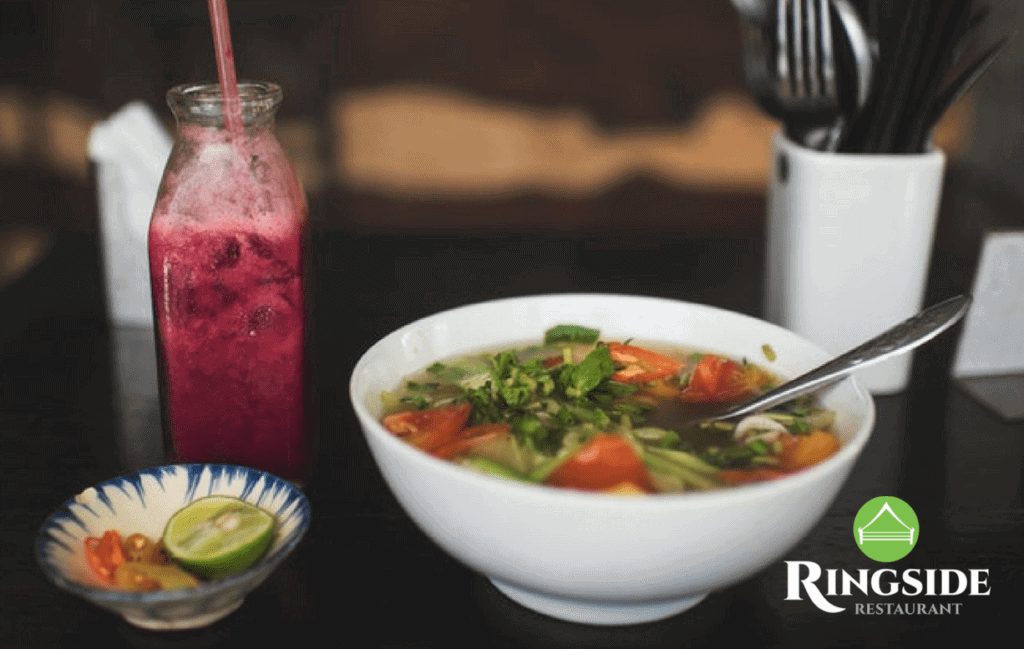
4. For Those Who Do Circuit Training
Because circuit training is a combination of strength and cardio, you only need to make a few tweaks here and there to your nutrition plan. First things first, after you’ve enjoyed yourself a protein-laden meal, wait about 90 minutes before you start training, unless you’ve only sipped on a protein shake or nibbled at a rice cake, in which case you can cut the waiting time in half.
As for your post-workout grub, make sure you drink lots of coconut water like you would after a cardio workout and then enjoy the same sort of meal you would after an intense strength training session, just with an extra carbohydrate or two, such as rice cake with sliced banana. (In case you were wondering, our favourite post-circuit meal will always be a stack of banana protein pancakes, topped with berries and honey. It’s just soooo good – as our Ringside snackers will agree.)
And there we have it.
As you can see, what you eat and when you eat is so important when it comes to an intense workout, but that doesn’t mean it has to be complicated. It’s just a matter of knowing what your body needs in the tank to keep you powering on, and planning ahead to ensure you have all the right nutrients for a faster recovery. It’s as simple as that.
Thanks for reading! For more tips, tricks and bits of advice, follow the Sumalee Ringside Restaurant on Facebook and Instagram, or sign up for our special offers on the Sumalee Boxing Gym website.
For all the recipes mentioned above, feel free to download our new Sumalee Ringside menu. If you are looking for the right nutrition to support your high intensity Muay Thai training, Sumalee Boxing Gym is the only place for you. Check out our SBG Nutrition page.
